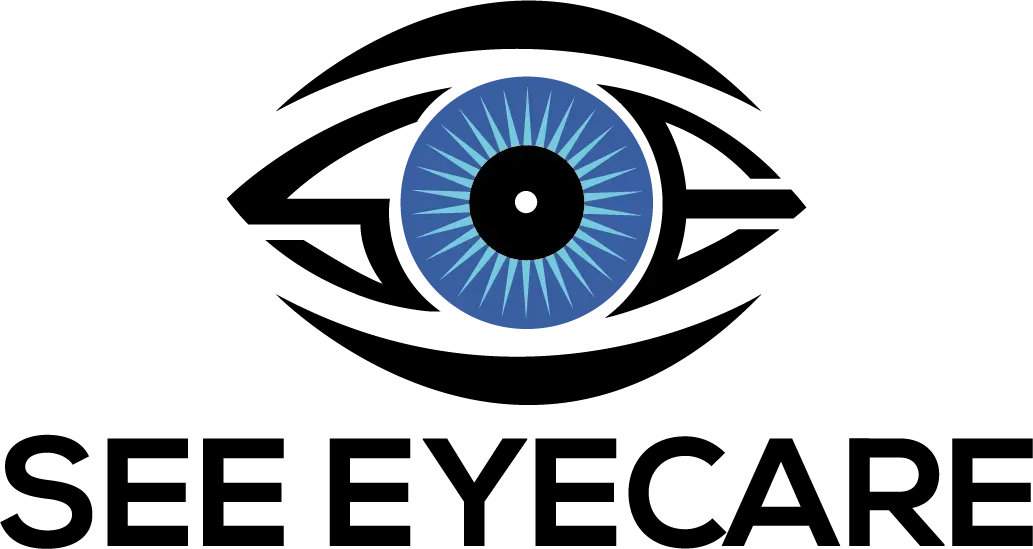FREQUENTLY ASKED QUESTIONS
Please feel free to browse the below Frequently Asked Questions (FAQs) for easy-to-access information on common questions that patients ask. For further information, please feel free to call us on (03) 6774 9000 or Contact Us.
-
1. WHAT DOES A COMPREHENSIVE EYE EXAMINATION CONSIST OF?
A comprehensive eye examination will consist of:
- An objective refraction which maps out the profile of your eye to give the Optometrist information to help you achieve better vision both day and night.
- A digital subjective refraction which is faster than manual refractions and produces more accurate results
- Colour vision and stereo testing
- Glaucoma testing (pressure in your eye)
- A 180-degree view of the retina (back of your eye)
- Visual field testingo Slit lamp exam (examining the anterior part of your eye)
- Digital centration (to optimise your lens with your choice of frame)
-
2. HOW IS THIS DIFFERENT FROM A NORMAL EYE CHECK-UP?
A normal eye check-up may only include a basic subjective refraction and does not include the full eye health check. The lenses may not be optimised for low light conditions such as night driving.
-
3. WHAT TESTS MIGHT I EXPECT DURING MY EYE EXAMINATION?
Objective Refraction with the ZEISS iProfiler including:
1. Autorefraction (determines how much your eyes need to be corrected with lenses)
2. Keratometry (measuring the curvature of the anterior surface of the cornea, particularly for assessing the extent and axis of astigmatism)
3. Aberrometry (diagnoses both lower- and higher-order vision errors represented by the way the eye refracts or focuses light. Higher-order aberrations are more complex vision errors, whereas lower-order aberrations are more common vision errors such as near-sightedness, far-sightedness and astigmatism)
4. Corneal Topography (computerized test that maps the curve of your cornea. It can show problems with your eye’s surface, like swelling or scarring, or conditions such as astigmatism)
5. Including iScription Technology (this technology does not only provide you a better prescription, it also gives you access to an optimised individualised lens solution with i.Scription technology for improved colour and contrast vision as well as improved night vision)
Digital Subjective Refraction with the ZEISS SRU including:
1. Colour Vision (tests for colour blindness and red-green colour deficiency)
2. Contrast Sensitivity (is a measure of the ability of the visual system to distinguish objects from the background.)
3. Prism Testing (measures deviations of the eye)
Visual Field Testing with the ZEISS Humphrey Field Analyzer
1. Visual field tests can detect central and peripheral vision problems caused by glaucoma, stroke and other eye or brain problem
Tonometry with the ZEISS Visuplan
1. A tonometry test measures the pressure inside your eye. This test is used to check for glaucoma, an eye disease that can cause blindness by damaging the nerve in the back of the eye
Wide angle fundus examination with ZEISS Clarus
1. This helps ophthalmic practitioners to view the retinal disease and plan treatment according to the pathology. Retinal imaging techniques are useful in diagnosis and management of disorders like diabetic retinopathy, hypertensive retinopathy, age-related macular degeneration, vascular pathologies, retinal detachments, glaucoma’s, systemic infections, leukemias, systemic malignancies with ocular metastasis etc.
Digital Centration with the ZEISS iTerminal mobile
1. Mobile centration is the new way to capture patient’s individual parameters with ZEISS high precision technology. Over 20 years of experience in centration systems are now available in its most convenient form yet, allowing for flexibility. The ZEISS i.Terminal mobile centration system for iPad gathers and calculates basic fitting parameters in a few seconds.
-
4. WHAT DO I NEED TO BRING WITH WHEN I COME FOR MY APPOINTMENT?
- If you own a current pair of spectacles, please bring along:
- A list of all medication you are currently using.
- Medicare Card.
-
5. HOW LONG WILL THE CONSULTATION BE?
Most consultations are half an hour, if drops are required, it could take up to an hour.
-
6. HOW MUCH WILL THE EXAMINATION COST?
The cost of your eye examination can vary from patient to patient. For a specific price, please speak to us about pricing prior to your eye test.
-
7. HOW OFTEN SHOULD I GET MY EYES TESTED?
Review time varies for each individual. If there are no problems, it is recommended that people under 65 have their eyes tested every 3 years and people over 65 have an eye test every year.
-
8. FROM WHAT AGE DO YOU RECOMMEND KIDS GETS TESTED?
Children should have an eye test ASAP if anything abnormal is noticed otherwise best results are usually achieved around 4-5 years old.
-
9. HOW DIFFERENT IS THE EYE EXAMINATION FOR KIDS?
- Children who are unable to read letters will look at pictures/objects or numbersChildren who are unable to read letters will look at pictures/objects or numbers
- The Optometrist could use retinoscopy to obtain a refraction objectively without the child needing to communicate. (a light beam that shines into the eye while the patient looks in the distance)
- Pre-testing which gives the Optometrist an understanding on how well the child’s eyes work together and how well they follow movement.
-
10. HOW LONG WILL MY SPECTACLES TAKE TO GET MADE?
Depending on the type of lens design you choose, between 7-10 working days.
